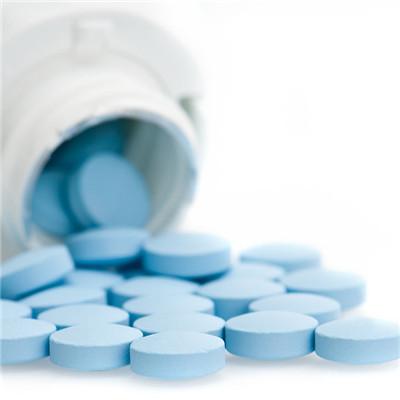How should oviduct inflammation be treated
summary
Salpingitis is the inflammation of the fallopian tube. The fallopian tubes extend from the uterus, one on each side, and the two adjacent ovaries are open. When inflammation occurs, excess fluid is secreted or pus collected into the fallopian tube. One tubal infection usually leads to other infections. This is because bacteria migrate through nearby lymphatic vessels. Salpingitis is one of the most common causes of female infertility. If salpingitis is not treated in time, the infection may permanently damage the fallopian tube, so that the egg can not be released every menstrual cycle with sperm. Now let's share it.
How should oviduct inflammation be treated
First, there are two types of Salpingitis: acute and chronic. In acute salpingitis, the fallopian tubes become red and swollen and secrete extra fluid so that the inner walls of the tubes tend to stick together. Sometimes the fallopian tube may stick to a nearby structure, such as the intestine. In rare cases, the fallopian tube ruptures and causes a dangerous infection of the abdominal cavity.
Second: in most cases, salpingitis is caused by bacterial infection. Common types of bacterial salpingitis include mycoplasma, Staphylococcus and Streptococcus. However, it can also be caused by sexually transmitted diseases such as gonorrhea and chlamydia. Patients should pay attention to timely treatment
Third: chronic salpingitis usually follows an acute attack. Chronic salpingitis is mild, lives longer, and may not produce many obvious symptoms. In mild cases of salpingitis, symptoms may not exist. When symptoms are present, they usually appear after the menstrual period.
matters needing attention
The most common treatment for salpingitis is antibiotics. Some of the most common complications of salpingitis are: infection to nearby structures, such as ovaries or uterus, sexual partner infection, ovarian abscess, ectopic pregnancy, infertility












